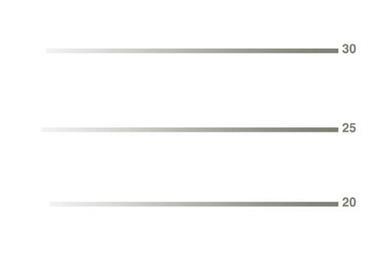Dual pricing is a tactic that benefits nobody and hinders market recovery, warns Malcolm Smith
The current fashion for dual pricing, with many insurers pricing new business to meet income targets, is bad news for the insurance market for a variety of reasons:
- It punishes loyal customers.
- It rewards those who skip from insurer to insurer each year.
- It gives an impression that the pricing of insurance is random and unscientific.
- It reduces market income when insurers replace lapsed business with lower priced new business, affecting brokers and insurers alike.
- It effectively “churns” business, increasing market expense levels.
- It undermines our professionalism with clients.
- It is a barrier to achieving much-needed pricing increases.
The mortgage market has been panned for offering lower rates to new customers than to existing borrowers. Nationwide Building Society, for example, uses its advertising to slam banks that offer “cappuccino” savings rates to new customers but vending-machine interest to those already on the books.
It’s time to wake up and smell the coffee. Dual pricing may be a crude anachronism but, sadly, it has become prevalent in insurance. If we were buoyed by surging income and booming profits, we might be able to shrug our shoulders. But we are all struggling through the mire of a soft market, and the practice is simply hindering our progress.
This is frustrating because some green shoots have emerged. For the past 12 months or more, most insurers have been achieving a few points’ percentage increase on their commercial renewal books.
The SME sector, particularly, is suffering from some players – especially newer ones – pricing business aggressively to grow their portfolios. This means those brokers willing to play the game can usually obtain alternative quotes at or below expiring premiums.
Soft market conditions have prevailed for several years, during which time we have seen year-on-year average rate reductions of around 5% to 7.5%. That means severe underpricing and inevitably underwriting losses on the horizon.
There are arguably greater problems in store on liability classes, where annual claims cost inflation of 7.5% or more has been further eating away at the margins, and most insurers have been relying on unexpectedly strong prior year releases to balance their books. But current-year results in isolation are marginal at best, and the balancing effect of strong prior year releases cannot continue indefinitely.
The woes of the recession must also be taken into account – we are seeing an increase in claims frequency, particularly from larger losses and arson, while having to cope with increased incidence of fraud. All this makes current rates unsustainable if we wish to avoid a period of prolonged underwriting deficit.
Oh, and you’d better clap your hands together and pray for sunny weather, because there is no margin within current rating levels for extreme events or catastrophe losses. We could all be heading for a long winter of discontent.
Businesses – that is, policyholders – are struggling with their own problems and this makes trading conditions very tough. So we must work doubly hard to demonstrate client commitment and value for money.
But some insurers continue to adopt highly aggressive strategies on new business development, with new risks being written at rates that are technically and commercially unrealistic. At the same time, they are asking for significant increases on renewals. It is common to see two similar risks priced at opposite ends of the scale by the same insurer, simply because one is new business.
Many brokers and insurers have built strong businesses on the basis of long-term client relationships. But this business model is being placed under stress because of the siren call of cheap premiums. Competitors are prising valued clients away with recession-busting (but unrealistic) premiums. Inevitably, those clients will be hit by whopping rate increases a year or two down the line, triggering a cycle of dissatisfaction and an understandable lack of persistence.
If the market is to avoid a period of seriously poor results, there is a real need for common technical pricing across both renewals and new business. Insurers not only need to enforce underwriting discipline within their new business teams, but also to ensure that they have invested in delivering transparent and uniform operational pricing models for all their underwriters to work with.
Customers should not be able to obtain a significantly better deal as a new customer than as an existing policyholder.
If we continue as we are, sustained underwriting losses will ultimately mean much more severe premium increases in future, which does no credit to our industry.
Dual pricing might bring the illusion of gain. But if the tactic endures, there will be no escaping the resulting pain. IT
Hosted by comedian and actor Tom Allen, 34 Gold, 23 Silver and 22 Bronze awards were handed out across an amazing 34 categories recognising brilliance and innovation right across the breadth of UK general insurance.













































